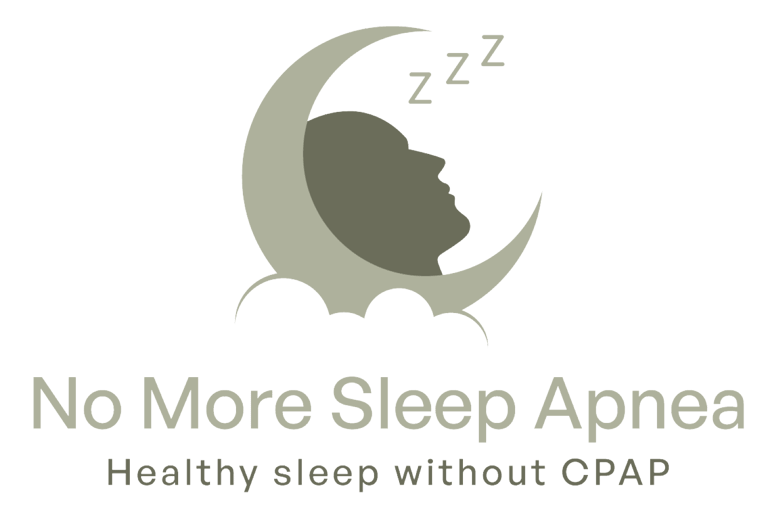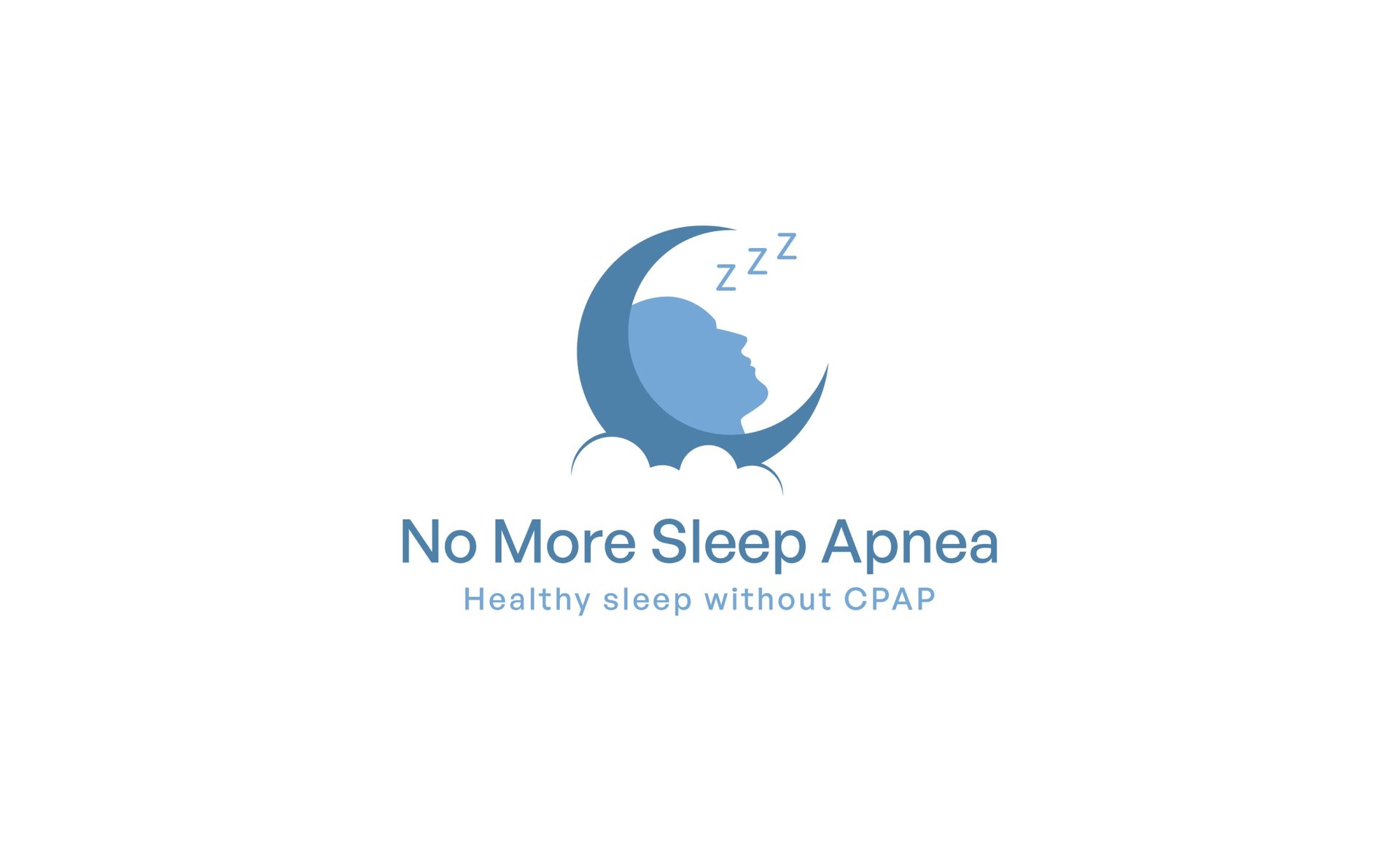Sleep Apnea Treatments
Some of the more common sleep apnea treatments are shown in this article. If these treatments don't work, we urge you to explore the natural options on our book, Three Steps to Cure Sleep Apnea.
Living with sleep apnea can be quite challenging, especially if you find it difficult to use a CPAP machine. However, there are natural and effective alternatives available that can help you sleep better. The alternatives found in our book, Three Steps to Cure Sleep Apnea, are specifically designed for individuals unable to tolerate CPAP machines. Discover how you can enhance your sleep quality and wake up refreshed!
CPAP is widely recognized as the most effective treatment for moderate to severe OSA. However, there are several other options to consider when it comes to treating sleep apnea, as shown below.
Weight loss, diet, and exercise
Weight loss, diet, and exercise are key factors in addressing obesity and its associated conditions, such as obstructive sleep apnea (OSA). The American Thoracic Society emphasizes that OSA is prevalent in approximately 40% of adults with obesity. However, studies have shown that weight loss and regular exercise can effectively reduce the symptoms and severity of OSA. In fact, recent research revealed that study participants experienced a 50% reduction in OSA symptoms after losing weight.
To achieve weight loss, a combination of a healthy diet, regular physical activity, and, in some cases, bariatric surgery may be recommended. Dr. Chester Wu, a psychiatrist and sleep specialist in Houston, highlights the importance of these approaches. While weight loss surgery is not suitable for everyone, it can be an effective solution for certain individuals. The American Thoracic Society suggests gastric bypass surgery for people with a body mass index (BMI) of 35 or higher to improve OSA. A recent study demonstrated that bariatric surgery, which involves removing a portion of the stomach responsible for producing the hunger hormone ghrelin, resulted in OSA remission in 65% of patients.
In addition to weight loss, it is important to address other risk factors for sleep apnea, such as alcohol consumption and smoking. The National Institutes of Health (NIH) highlight that drinking alcohol and smoking can contribute to sleep apnea. Alcohol relaxes the muscles in the tongue, which can obstruct the airway during sleep. Smoking also affects breathing and the airway, increasing the risk of OSA. By reducing alcohol intake and quitting smoking, individuals can improve their overall health and alleviate OSA symptoms.
Oral appliances
The American Academy of Dental Sleep Medicine suggests using oral appliance therapy to help with OSA. These devices, which can resemble mouth guards or orthodontic retainers, work by repositioning the lower jaw and tongue to keep the airway open during sleep. According to Jennifer Silver, DDS, at Macleod Trail Dental in Alberta, Canada, these dental devices are more comfortable than CPAP and are particularly effective for mild to moderate OSA. While some appliances can be bought in stores or online, others may need to be custom-fitted by a dentist. Different types of devices include mandibular advancement devices, mandibular advancement splints, and tongue-retaining devices, each with their own benefits in improving breathing during sleep.
Physical therapy
Nick Voci, a physical therapist at Manchester Physical Therapy in Manchester, Vermont, explains that physical therapy is an effective method to alleviate OSA. Their approach focuses on educating and training patients on exercises that enhance posture and airway control. They utilize a range of exercises that specifically target the muscles in the jaw, mouth, and tongue. In addition, they work closely with other healthcare professionals, including dentists, to ensure the proper fitting of oral appliances.
Positional therapy
Nick Voci, a physical therapist at Manchester Physical Therapy in Manchester, Vermont, shares that physical therapy is a proven way to relieve OSA. Their approach centers around educating and guiding patients through exercises that improve posture and airway control. They employ a variety of exercises that specifically target the muscles in the jaw, mouth, and tongue. Moreover, they collaborate closely with other healthcare experts, such as dentists, to ensure the correct fitting of oral appliances.
Alternate pressurized sleep apnea treatments
Consider these different types of pressurized air machines if you prefer machine therapy. 1. Automatic positive airway pressure (APAP): APAP machines are highly flexible and adjust automatically to your breathing patterns and specific needs. They can detect snoring or airway obstruction and adjust the pressure accordingly. 2. Bilevel positive airway pressure (BiPAP): BiPAP machines deliver positive pressure to your upper airway and lungs, keeping your airway open and preventing narrowing or collapsing. They can be set to different pressures for inhaling and exhaling. 3. Expiratory positive airway pressure (EPAP) therapy: EPAP machines use air pressure resistance during exhalation to improve symptoms of obstructive sleep apnea (OSA). Instead of a mask, EPAP attaches to the nostrils using valves.
Surgery
If other noninvasive therapies fail to provide relief, you and your healthcare provider may consider surgical options. The University of Michigan Health highlights several surgical treatments for sleep apnea. One option is transoral robotic surgery (TORS), which involves trimming the epiglottis to prevent it from obstructing the airway during sleep. Studies have shown that this procedure can reduce apnea events by 40%.
Another option is hypoglossal nerve stimulation, where a device is implanted in the chest to stimulate the tongue and keep the upper airway open during sleep. Research suggests a surgical success rate of 55% to 76.9% at 12 months.
Uvulopalatopharyngoplasty (UP3) is a procedure that removes excess tissue in the throat to widen the airway, resulting in a more than 50% reduction in respiratory disturbances for some patients. Lateral pharyngoplasty, a variation of UP3, reconfigures excessive tissue in the back of the throat, removes tonsils, and reshapes or removes the uvula. In a study, 69% of patients experienced a significant reduction in sleep apnea symptoms after undergoing this procedure.
Lastly, lingual tonsillectomy targets the obstruction at the base of the tongue caused by the lingual tonsil. Analysis shows that 47.6% of patients experienced a reduction in symptoms by at least 50% after this procedure.
Drawbacks of CPAP therapy
Not everyone may find CPAP machines to be their preferred treatment option, even though they are effective. Some individuals may struggle with adjusting to wearing them every night. There are several uncomfortable symptoms and side effects that can arise from using CPAP machines, such as feeling claustrophobic, experiencing dry eye and floppy eyelid, having a dry mouth, feeling ear pressure or pain, excessive swallowing leading to gas, the risk of infection if parts are not cleaned regularly, nasal congestion and nosebleeds, skin irritation from the CPAP mask, and even tooth chipping or voice changes. If you regularly experience any of these symptoms while using your CPAP machine, it would be beneficial to discuss them with your healthcare provider to explore potential solutions.



